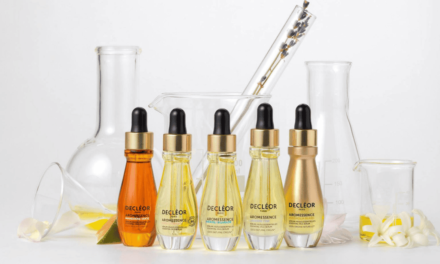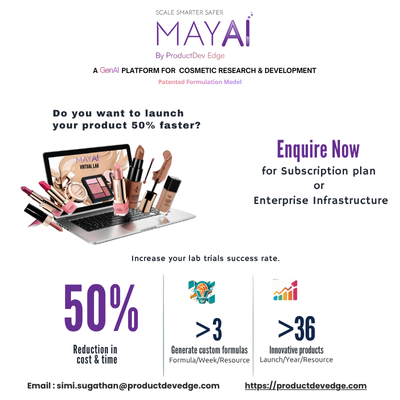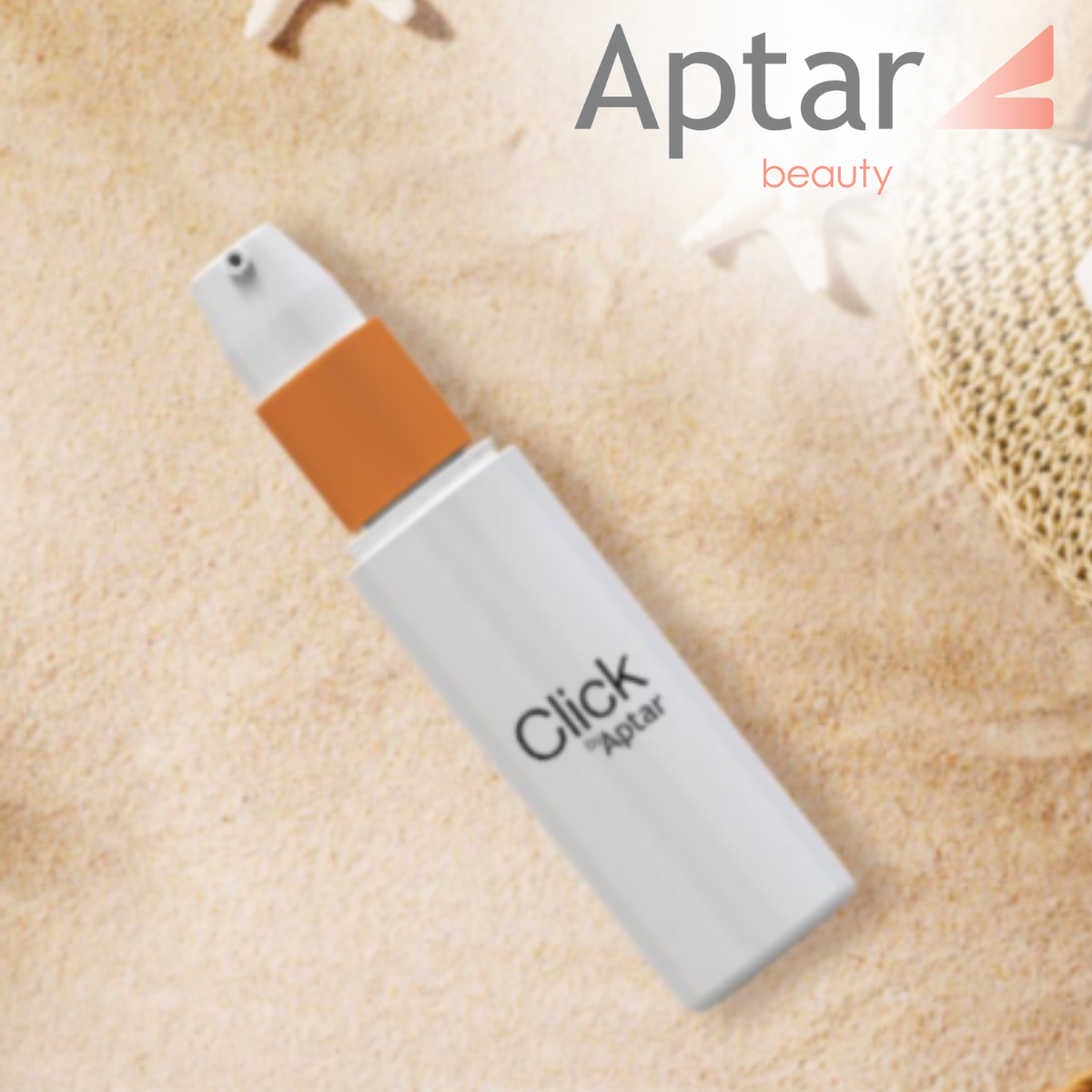Neuro-design: The New Frontier of Packaging Design
In today’s competitive market, packaging plays a much bigger role than just wrapping a product. It’s the first thing a consumer sees, and often, the first reason they pick up a product or walk past it.
Traditional packaging focused on functionality and visual appeal. But now, leading companies are adopting a more advanced approach—Neurodesign—which is the science of designing packaging by understanding how the human brain responds to colors, shapes, textures, and messages.
Neurodesign is not just a trend. It is becoming an important tool for marketers, brand teams, and packaging designers. It helps brands connect emotionally with consumers, improve shelf impact, and enhance product usability—all based on how the brain works.
What Is Neurodesign?
Neurodesign is the use of neuroscience and psychology in the design process to understand how people see, feel, interpret, and respond to packaging.
The brain processes images faster than words. In fact, visual information is processed 60,000 times faster than text. So when a consumer walks through a store or scrolls through a product page online, their brain is constantly scanning visuals and making decisions—often in a fraction of a second.
Neurodesign studies these subconscious reactions and uses the findings to design packaging that feels intuitive, trustworthy, and appealing—without overwhelming or confusing the customer.
Why Neurodesign Matters in Packaging
- Consumers make split-second decisions. A product has only 3 to 7 seconds to capture attention on a shelf.
- Over 70% of purchase decisions are made at the point of sale.
- Designs that align with brain behavior are more likely to succeed.
Brands that understand how the brain reacts to packaging can gain a real edge in the market.
Key Elements the Brain Reacts To
Let’s look at what elements influence consumer behavior and how Neurodesign helps optimize them:
- Color
- Shape
- Texture
- Typography
- Imagery
Tools Used in Neurodesign — And How They Work
Neurodesign relies on several tools and technologies to understand how consumers truly experience packaging. Here’s a detailed breakdown:
- Eye-Tracking Technology
What it does: Tracks where a person looks, what they focus on first, and how long they look at different parts of the packaging.
Use in packaging:
- Helps identify if consumers notice key elements like logo, product name, claims, or imagery.
- Optimizes hierarchy of information—placing the most important detail where eyes go first.
- Avoids visual clutter by analyzing what distracts or overwhelms the user.
Example: If eye-tracking reveals people ignore a sustainability icon, you might move it to a more visible position or change its color to make it more prominent.
- EEG (Electroencephalography)
What it does: Measures electrical activity in the brain. Tracks emotions like excitement, frustration, or confusion in real time.
Use in packaging:
- Identifies emotional engagement with packaging.
- Evaluates if a design creates a positive, memorable reaction or if it causes hesitation.
- Supports refinement of design concepts before finalization.
Example: If EEG shows lower engagement for a new design, you might introduce richer color contrast or change the shape for more emotional appeal.
- fMRI (Functional Magnetic Resonance Imaging)
What it does: Measures blood flow in the brain to identify which areas are active when a person sees a specific design.
Use in packaging:
- Maps deep emotional triggers—like pleasure or memory recall.
- Provides detailed insight into which design features stimulate reward centers in the brain.
Note: fMRI is complex and expensive, usually used by large corporations or academic studies.
- Facial Expression Analysis
What it does: Uses AI to track micro-expressions on a person’s face when interacting with packaging.
Use in packaging:
- Measures instant emotional responses like joy, surprise, or confusion.
- Detects subconscious reactions even when people cannot verbalize them.
Example: If many consumers show surprise at the packaging opening mechanism, you might add a callout or graphic instruction to make it clearer.
- Biometric Sensors (Heart Rate & Skin Conductance)
What it does: Measures physical reactions such as heart rate changes and sweating that signal emotional arousal.
Use in packaging:
- Confirms whether the design increases excitement, engagement, or anxiety.
- Helps test packaging ergonomics and usability—especially for easy-open or tamper-evident formats.
Applications of Neurodesign in Packaging
Neurodesign can be applied throughout the packaging development process:
✅ Before Launch:
- Test multiple design concepts with consumers using eye-tracking or facial analysis.
- Use data to refine colors, layout, and messaging.
✅ For Shelf Impact:
- Optimize designs for visibility in real-life shelf conditions.
- Create distinct visual triggers that stand out in cluttered retail environments.
✅ To Build Emotional Connection:
- Design for feelings: luxury, nostalgia, safety, or joy.
- Use familiar elements and consistent brand cues to build trust and recall.
✅ To Improve Functionality:
- Ensure ease-of-use and opening with intuitive structures.
- Avoid packaging that causes confusion or frustration.
✅ To Align with Sustainability Goals:
- Use textures, tones, and tactile elements to enhance eco-friendly packaging without compromising appeal.
- Neurodesign can help make sustainable choices more desirable.
Challenges to Keep in Mind
- Cost of Tools: Some technologies, like fMRI or EEG studies, can be expensive and time-consuming.
- Ethical Concerns: Influencing subconscious behavior must be done responsibly. Brands must avoid manipulation and ensure transparency.
- Data Interpretation: Neurodata must be analyzed carefully. It’s not about just collecting numbers, but understanding what they mean.
Future of Neurodesign in Packaging
The next wave of neurodesign will be powered by technology:
- AI & Predictive Design: Algorithms will soon predict which designs will perform best—even before testing.
- AR & Interactive Packaging: Augmented reality will open new dimensions for engagement and memory recall.
- Personalization at Scale: Neurodesign insights will allow packaging to adapt based on region, user behavior, or even mood.
By 2030, neurodesign could be a standard part of packaging development, helping teams shorten design cycles and make better decisions earlier.
Neurodesign represents a smart, science-backed way to design packaging that works with the brain, not against it.
In a world where competition is high and attention spans are low, packaging that captures attention and sparks emotion within seconds will lead the way. Neurodesign helps us understand not just what looks good, but what feels right—and why.
As professionals, it’s time we shift from designing only with the eyes to designing with insight. The future of packaging will belong to those who understand how the brain responds—and use that knowledge to deliver designs that truly connect.

Author : Bhupesh Kumar Mittal
Bhupesh Kumar Mittal is an experienced packaging professional with over 15 years in leadership roles at major global companies such as Bayer, GSK, 3M, and Sun Pharma. Currently, he serves as the Technical Packaging Program Lead for Asia Pacific at Bayer Consumer Health, where he manages regional packaging initiatives centered on innovation, regulatory compliance, sustainability, and operational excellence.
As a recognized thought leader, he has spoken at numerous global forums and shares industry insights through his LinkedIn newsletter, Packaging Knowledge Series. His innovative contributions have led to a U.S. patent and several accolades in packaging development.
Subscribe to our free newsletter to read the latest news and articles before they are published.












Subscribe To Our Newsletter
Join our mailing list to receive the latest news and updates from The Cosmetics industry
You have Successfully Subscribed!